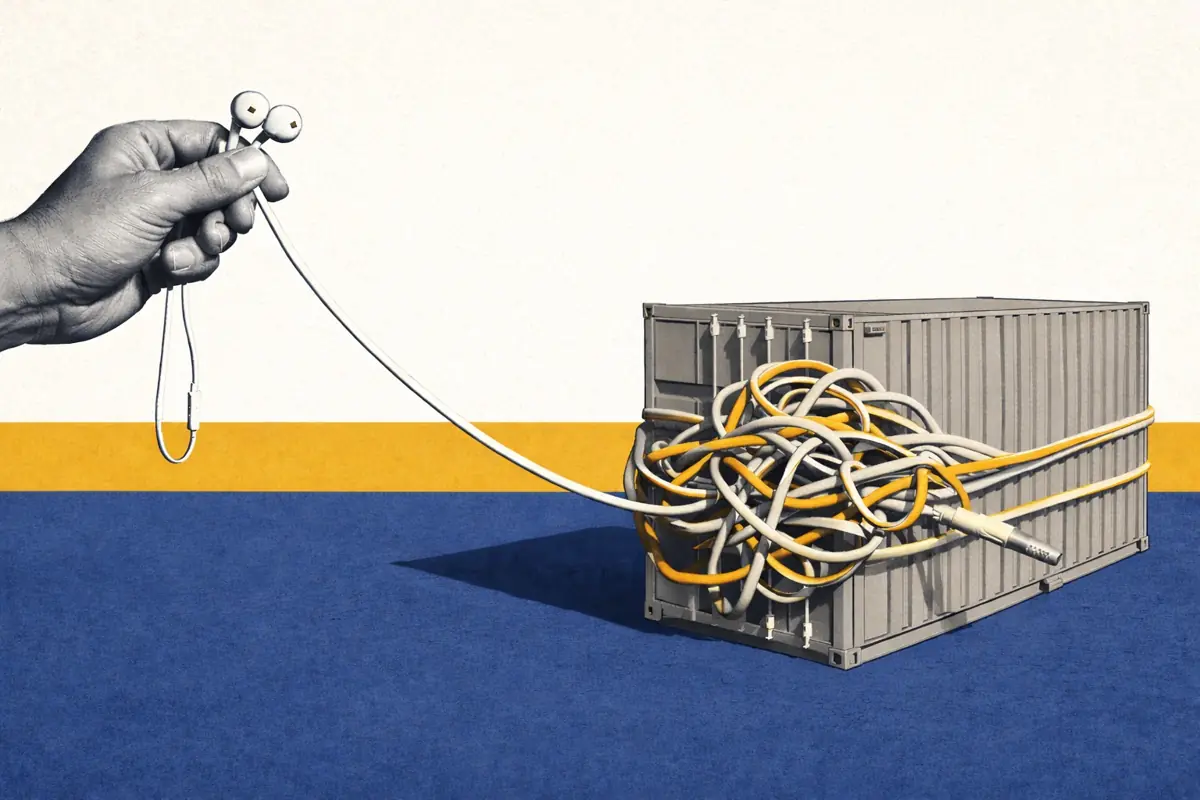07 October 2024
ERCOT: Are Ancillary Services now saturated with battery energy storage?
Written by:
ERCOT: Are Ancillary Services now saturated with battery energy storage?
Executive Summary
- ERCOT Ancillary Service clearing prices fell to an all-time low of $1.93/MW/h in September 2024, marking the fourth time prices dipped below $4/MW/h since late 2023.
- Despite a 1 GW increase in battery capacity since March, the share of Ancillary Service awards to batteries has plateaued at around 56% of total procurement.
- With declining Ancillary Service revenues, battery operators are shifting toward Energy arbitrage, which made up 35% of BESS revenues in July 2024—the highest since April.
Subscribers to Modo Energy’s Research will also find out:
- How NPRR 1186 and ERCOT’s procurement strategies have influenced battery participation in Ancillary Services.
- Why battery offer prices are now significantly lower than other generation types, especially during peak-priced hours.
- Whether continued buildout will push even more batteries out of Ancillary Services and into wholesale market trading.
To get full access to Modo Energy’s Research, book a call with a member of the team today.
Introduction
In September 2024, Ancillary Service clearing prices in ERCOT averaged just $1.93/MW/h. This is the lowest they’ve been, across a month, since battery energy storage systems entered the market.
Get full access to Modo Energy Research
Already a subscriber?
Log in







